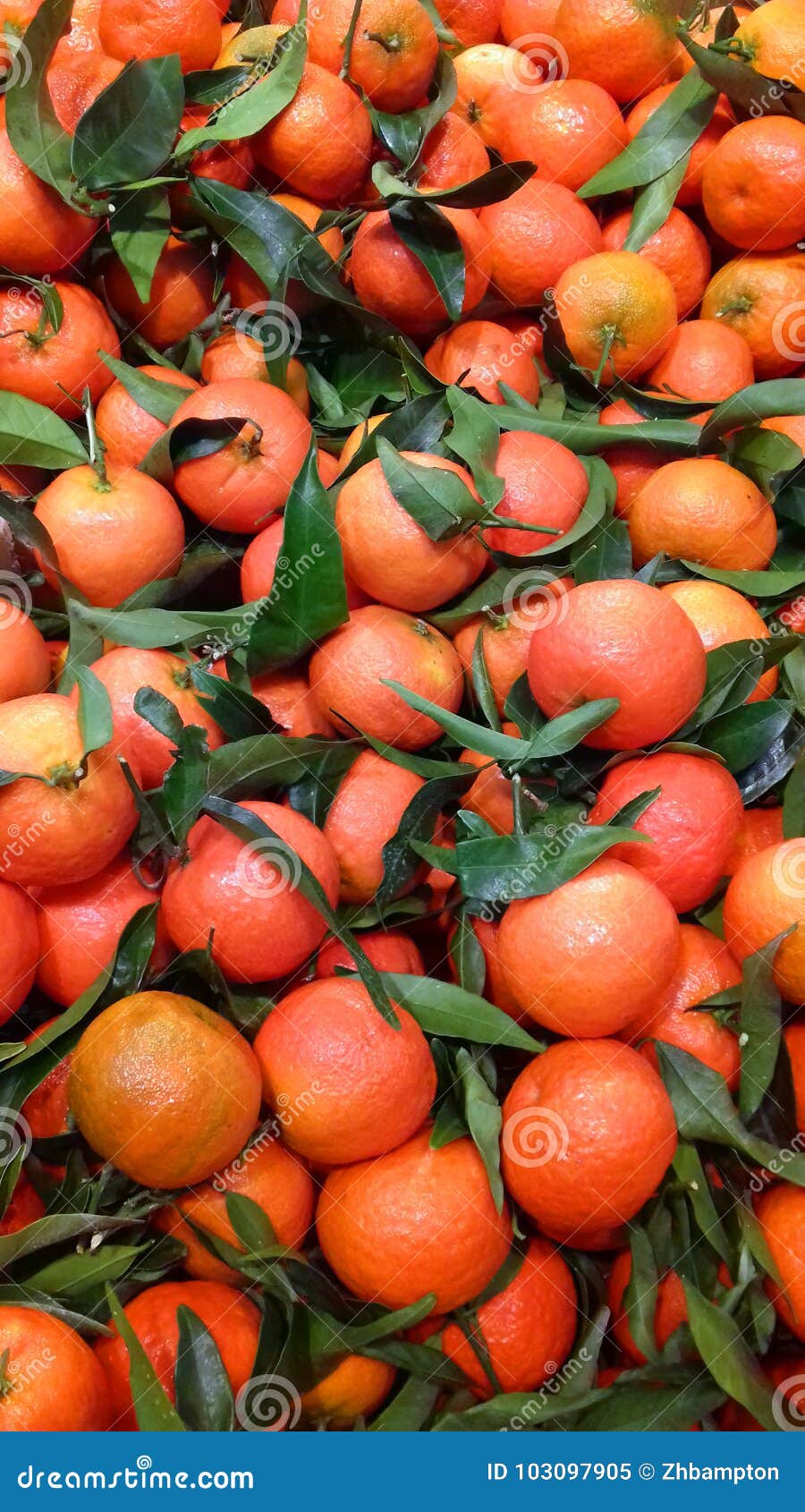

Diphenyl can be recognized from its naphthalene-like odor. If the fruit is withered at the stem-end, it must not be shipped.īy peel color: the color of the peel is not necessarily a reliable indicator of ripeness, but its surface gloss is.įungicides are diphenyl, orthophenylphenol (OPP) and thiabendazole (TBZ). According to, citrus fruit with a Brix value of between 10 and 16 have good flavor.īy cutting at purchase: freshness is determined by cutting the fruit in half from the stem-end to the opposite end.

The degree of ripeness of citrus fruit is determined on the basis of three criteria:īy the ripeness index: this is determined by the Brix value, which is a measure of the sugar/acid ratio of the fruit. The endocarp consisting of 8 – 10 segments filled with juice sacs (vesicles) The outer yellow/orange peel (exocarp, flavedo), the glands of which exude the essential oils, which produce the typical citrus odor Easypeeler is the name given in particular to crosses between oranges and mandarins whose peel is very easy to remove.Ĭitrus fruits are berry fruit consisting of three layers: In addition to oranges, the group of citrus fruits, which are mainly cultivated in subtropical regions, also includes lemons, grapefruits, mandarins, limes and easypeelers. They are an easily peelable („Easypeeler“), moderate-sized, ellipsoidal orange citrus fruit containing no or few seeds. They are a cross between the mandarin (Citrus reticulata) and the Seville orange (Citrus auratium). (* EU Combined Nomenclature/Harmonized System)Ĭlementines belong to the rue family (Rutaceae) and come originally from southern China.


 0 kommentar(er)
0 kommentar(er)
